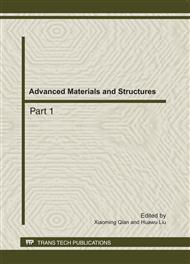p.904
p.908
p.912
p.916
p.921
p.929
p.934
p.940
p.944
Development of Surface Roughness Prediction for Steel in CNC Turning by Using Response Surface Method
Abstract:
This research presents the development of the surface roughness prediction in the turning process of the plain carbon steel with the coated carbide tool by using the response surface analysis with the Box-Behnken design. The effects of cutting parameters on the cutting force and the cutting temperature are investigated. The cutting force and the cutting temperature are measured to help analyze the relation between the surface roughness and the cutting conditions. The models of cutting force ratio and the cutting temperature are also proposed based on the experimental data. The surface plots are constructed to determine the optimum cutting condition referring to the minimum surface roughness.
Info:
Periodical:
Pages:
921-926
Citation:
Online since:
September 2011
Authors:
Price:
Сopyright:
© 2011 Trans Tech Publications Ltd. All Rights Reserved
Share:
Citation:


